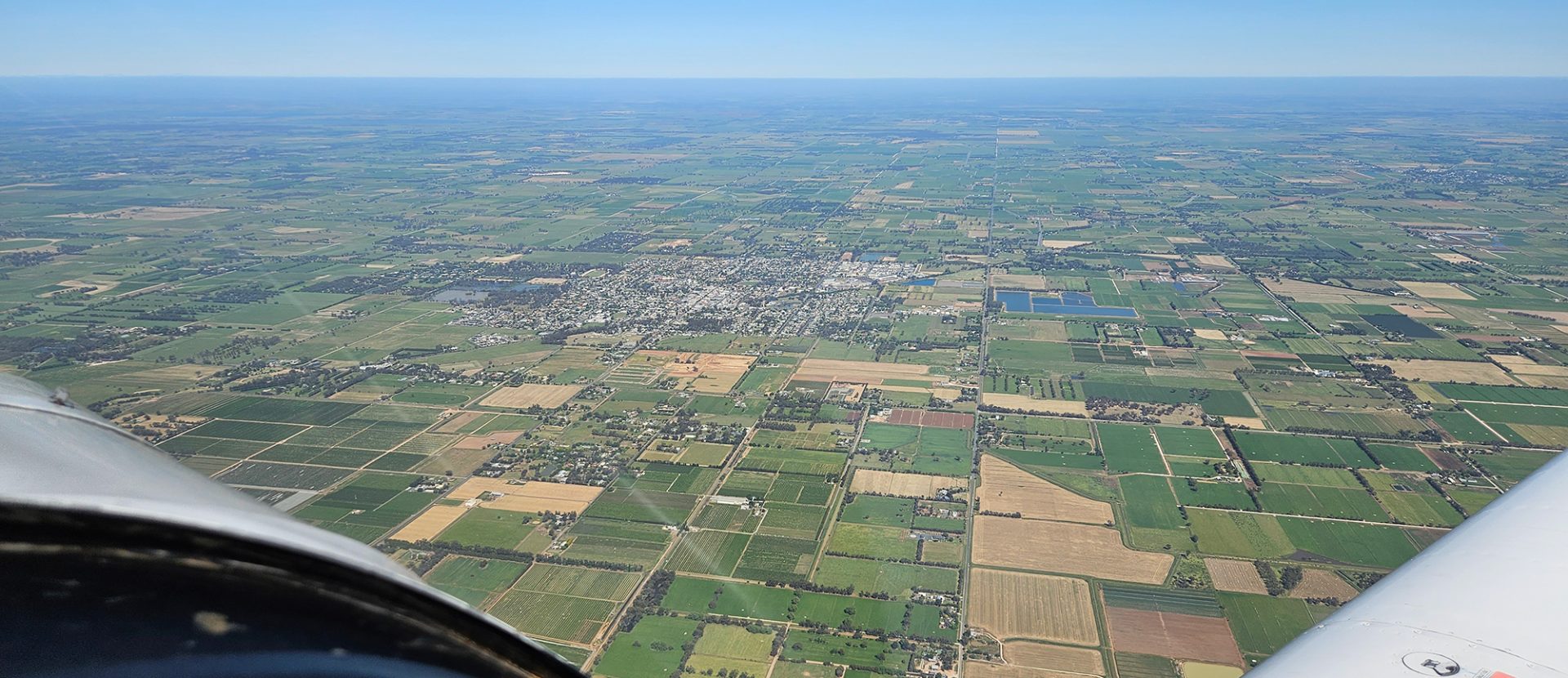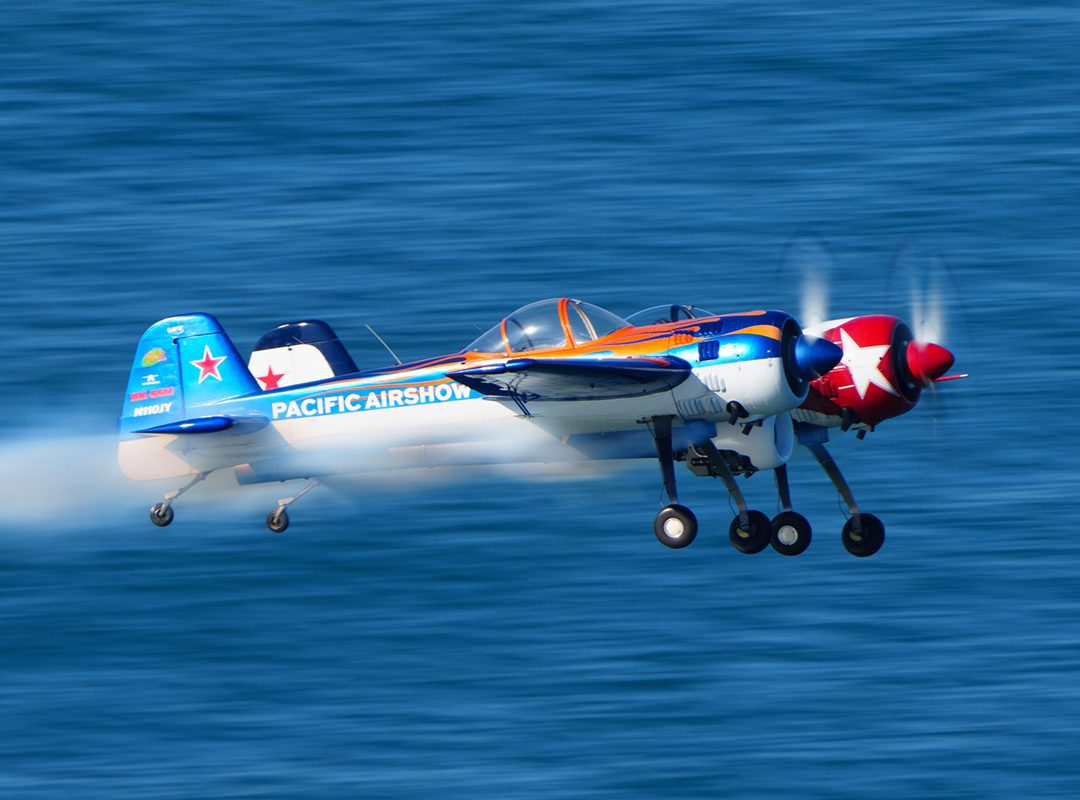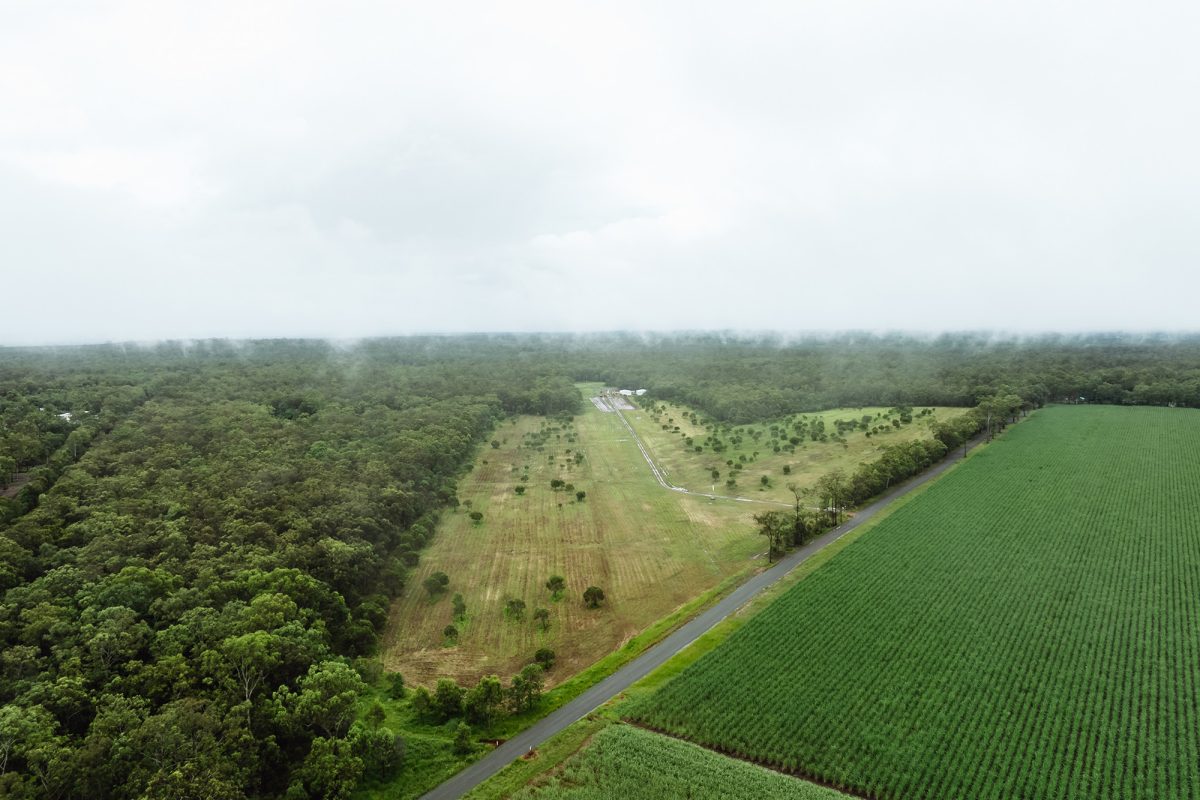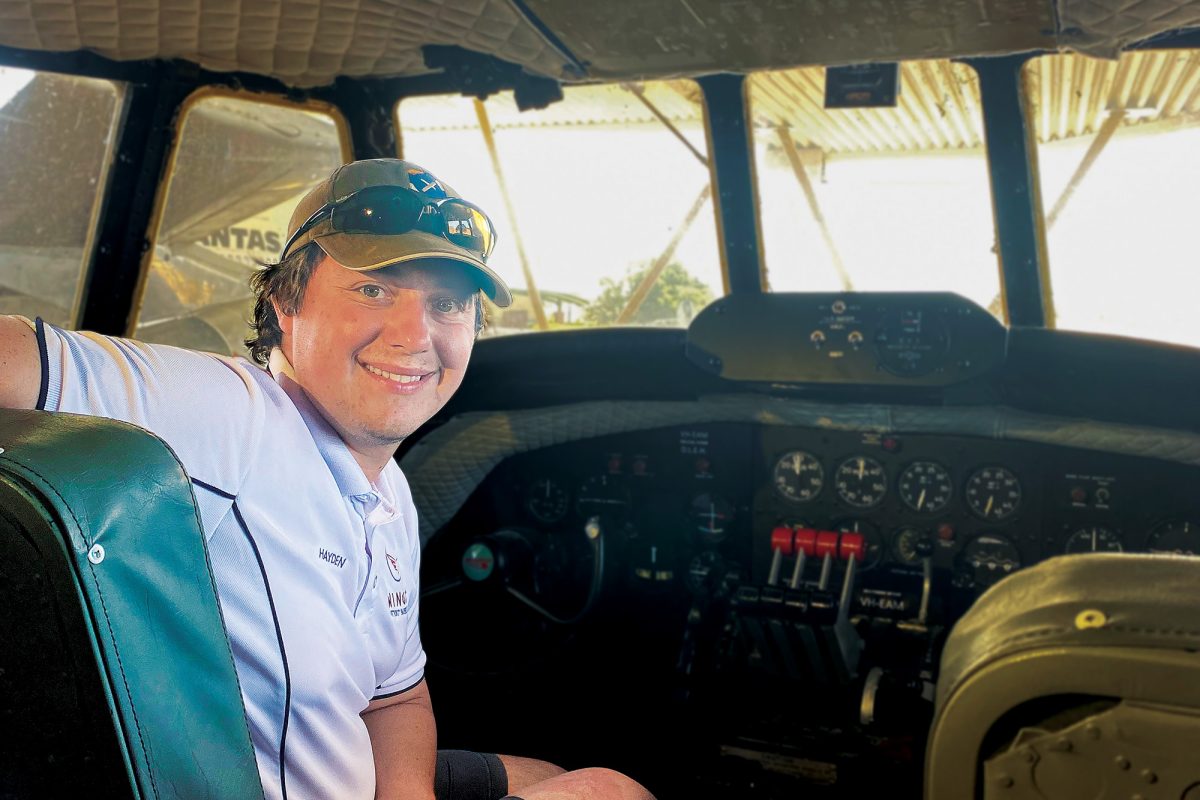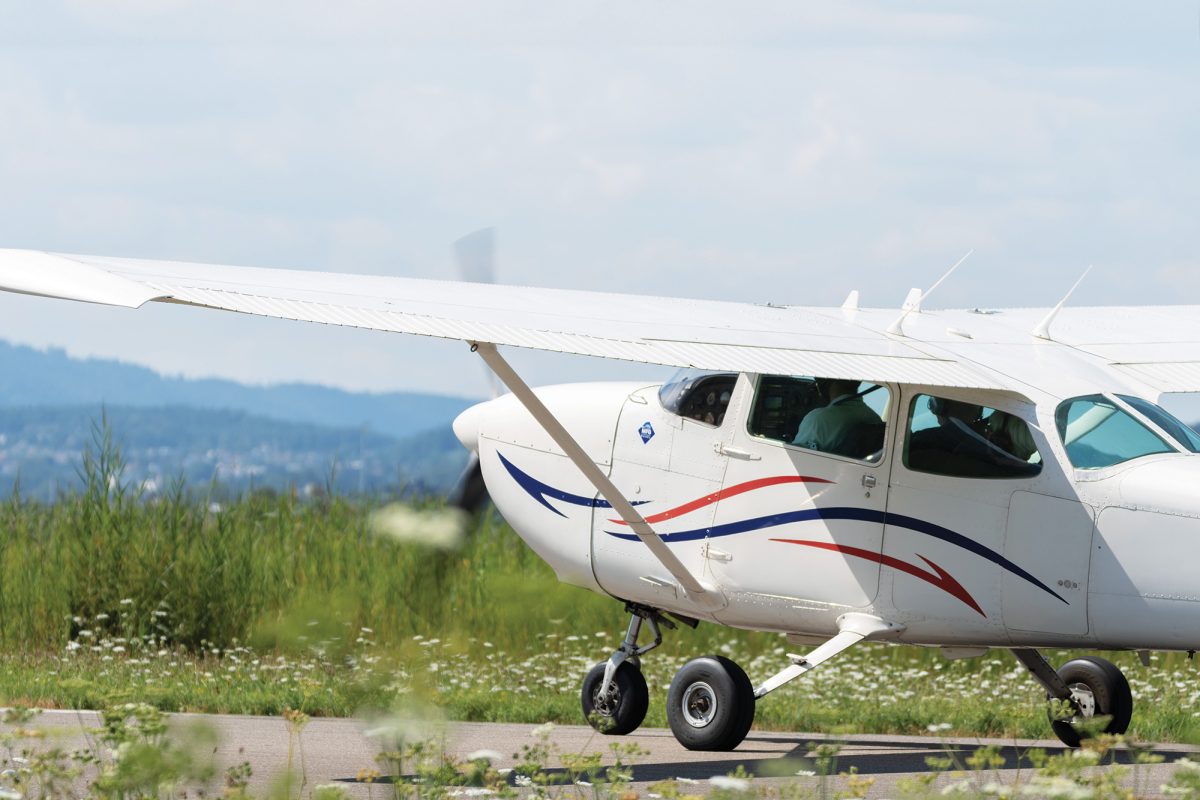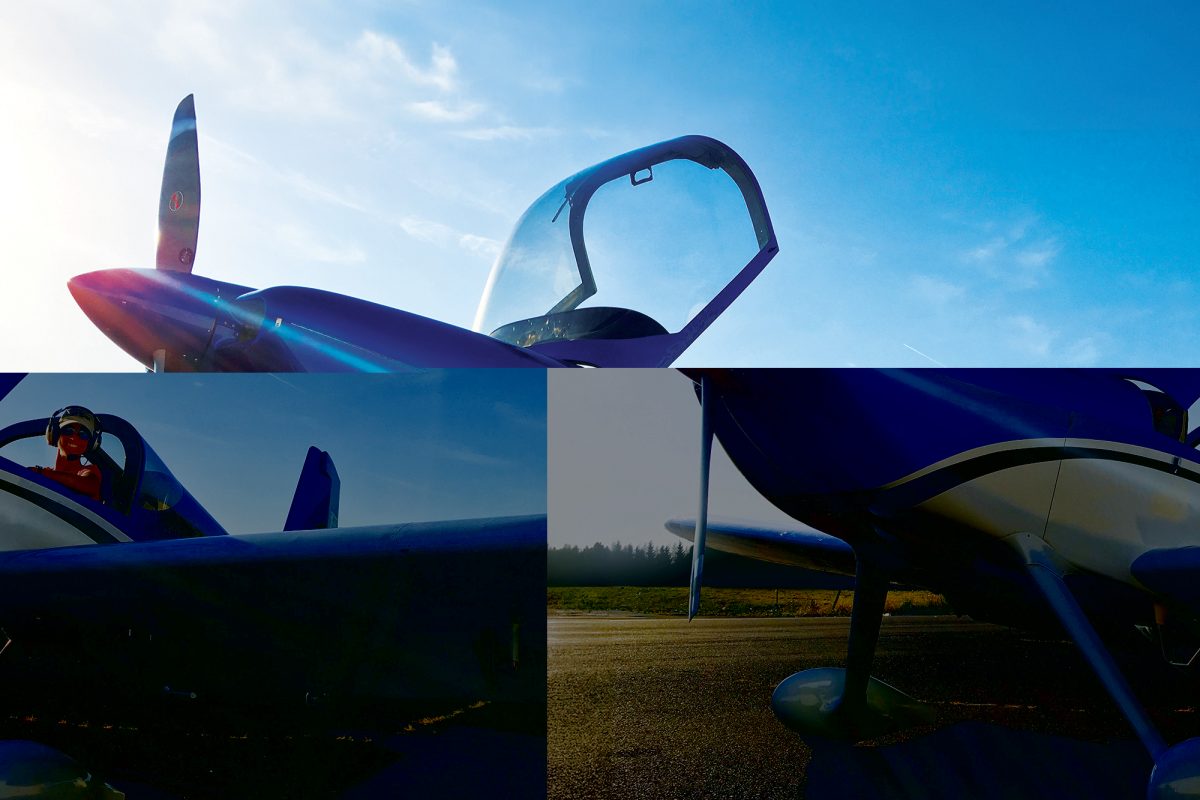JUL-OCT 2023 SAFETY DATA
- 1 Fatal Accidents
- 2 Aircraft Destroyed
- 26 Aircraft Damaged
- 3 Injuries
- 25 Flight Training Occurrences
- 34 Private Operation Occurrences
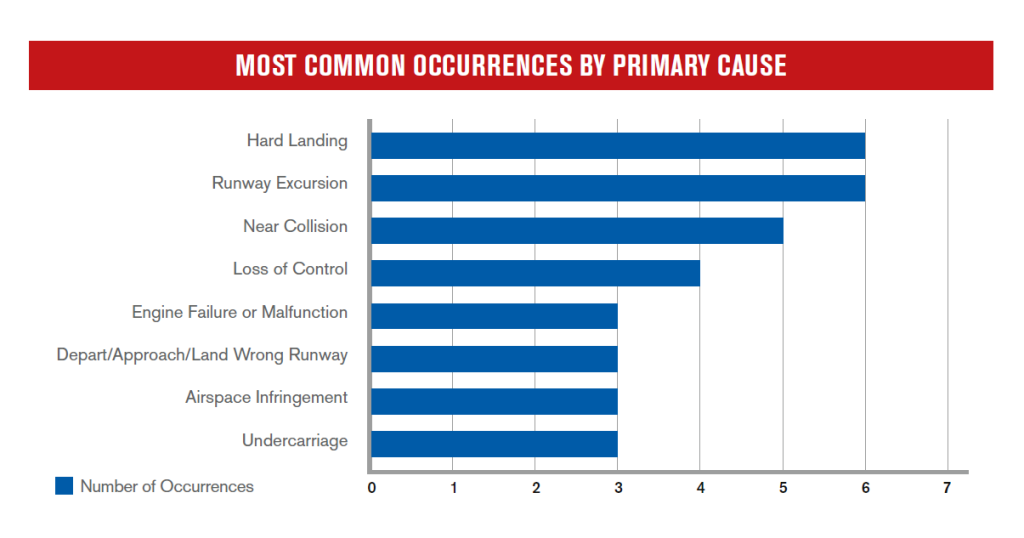
LANDING OCCURRENCES
Over the month of October there has been an increase in landing occurrences reported, including hard landings and runway excursions.
Pilots are reminded of the importance of monitoring environmental conditions, ensuring they remain within their personal minimums, particularly during take-off and landing. Moving into summer, there will be an increase in thermal activity and turbulent conditions, increasing the likelihood of an occurrence during these critical phases of flight.
Pilots should also ensure they are current and meet the type training requirements for the aircraft type they’re operating. A number of take-off and landing accidents result from pilot inexperience on aircraft type and may be avoided by seeking dual instruction prior to acting as pilot in command.
NEAR COLLISION OCCURRENCES
Near miss and separation continues to be one of the most common occurrence types reported to RAAus. Pilots should stay up to date with safety information on how to avoid a mid-air collision or near miss, particularly when operating within the vicinity of a noncontrolled aerodrome.
In addition to near collision reports, RAAus has received several reports of pilots operating contrary to the established circuit direction or landing on closed runways. Pilots should brief themselves on aerodrome procedures at unfamiliar locations, check NOTAMs for runway closures and avoid operations from conflicting runways when traffic is established within the circuit.
WEATHER
For the past three years, our members have been impacted by La Niña conditions bringing cool temperatures, widespread cloud, and wet weather. The Bureau of Meteorology have officially announced we are now in an El Niño event. Whilst this might bring a sigh of relief, it is not without challenges for pilots. Hotter, drier weather brings increased thermal activity and turbulence. Authorities are already warning of increased fire danger, with bushfires already burning in some areas of the country. Bushfires present significant risk to aviation safety, with aerial firefighting operations and smoke reducing visibility. VFR into IMC accidents not only occur due to flight into cloud, but from smoke too.
RAAus reminds pilots of the importance of conducting thorough pre-flight planning, including obtaining weather forecasts prior to every flight. Fatal VFR into IMC accidents regularly occur within close proximity to the pilot’s home airfield. In addition to avoiding areas of reduced visibility, hot conditions increase density altitude, resulting in increased take-off and landing distances and reduced climb performance. There is also an increased likelihood of thermal activity, including dust devils (or willy-willies). Each year RAAus receives a number of accident reports that report ‘a gust of wind’ resulting in collision with terrain, particularly during landing. Keep a close eye out this summer for signs of thermal activity, windshear and turbulence, particularly during take-off or landing. Hot temperatures may also require engine temperature management such as step-climbing to prevent overheating.
Of course, hot, dry weather also presents human factor risk! Pilots should stay hydrated and, where possible, avoid flying in the hottest part of the day. Be aware of increased fatigue, reduced cognitive ability and decision making due to heat. Maintenance personnel and instructors should also be aware of the impacts this may have on their ability to safely conduct operations.
Fly safe this summer and keep those gauges (and performance calculations) in the green!
COMPLIANCE
RAAus would like to remind all pilots, aircraft owners, and maintainers to regularly review their compliance requirements prior to operating or maintaining an aircraft.
The following non-compliances are commonly identified within RAAus operations:
Member Non-compliances
- Flying without a current BFR
- Operating an unregistered aircraft
- Flying without holding current RAAus membership
- Conducting maintenance on an aircraft without current maintenance authority
Maintenance Non-compliances
- Failure to complete biennial instrument and transponder calibration requirements
- Failure to comply with mandatory service bulletin requirements
- Unapproved modifications carried out on aircraft
OCCURRENCE SUMMARIES
Occurrence Classification: Impact with Terrain
Operation type: Private
Injuries: Serious
Damage: Destroyed
A pilot was airlifted to hospital with serious injuries after their aircraft collided with terrain.
The pilot was conducting stock moving operations and last recalls flying while providing directions to motorbikes on the ground at approximately 500 ft AGL. The exact cause of the accident could not be determined.
Serious and fatal accidents occur regularly within rural and farming operations. Pilots should be aware of the dangers of carrying out any activity which may distract from the primary task of flying, including stock spotting, farm inspections, or flying around a point of interest.
Pilots engaged in stock spotting or farm inspection flying should seek additional training prior to carrying out these activities.
Occurrence Classification: Animal Strike
Operation type: Private
Injuries: Serious
Damage: Substantial
During take-off from a private airfield, the aircraft collided with a horse. The aircraft received substantial damage and came to rest inverted. The passenger was airlifted to hospital with multiple injuries.
Review of the incident identified that the pilot failed to ensure livestock was not a threat prior to flight. All pilots operating from private airfields are reminded of the dangers of operating from noncertified aerodromes, including increased likelihood of encountering wildlife or livestock. Additional hazards, including runway surface conditions and obstacles on the take-off or approach path, must also be considered prior to operating from a private airfield.
Occurrence Classification: Near Collision
Operation type: Flight Training — Dual
Injuries: Nil
Damage: Nil
An instructor and student were conducting dual circuits when another aircraft joined the circuit behind the training aircraft. The student made a radio call on base leg for a touch and go. The second aircraft then turned base, number 2, as the training aircraft was turning final.
The second aircraft failed to provide sufficient separation from the training aircraft on final approach. During the student’s touch and go, the second aircraft made a radio call intending a go-around. Following the go-around, the second aircraft came within close proximity of the training aircraft. The instructor took control and initiated an immediate left hand turn to provide sufficient separation. The second aircraft maintained runway heading with no heading adjustments.
Pilots are reminded of the importance of sufficient circuit separation from other aircraft. Aircraft commencing a go-around should do so as early as possible and modify heading to ensure sufficient separation, avoiding potential conflict in the circuit.
